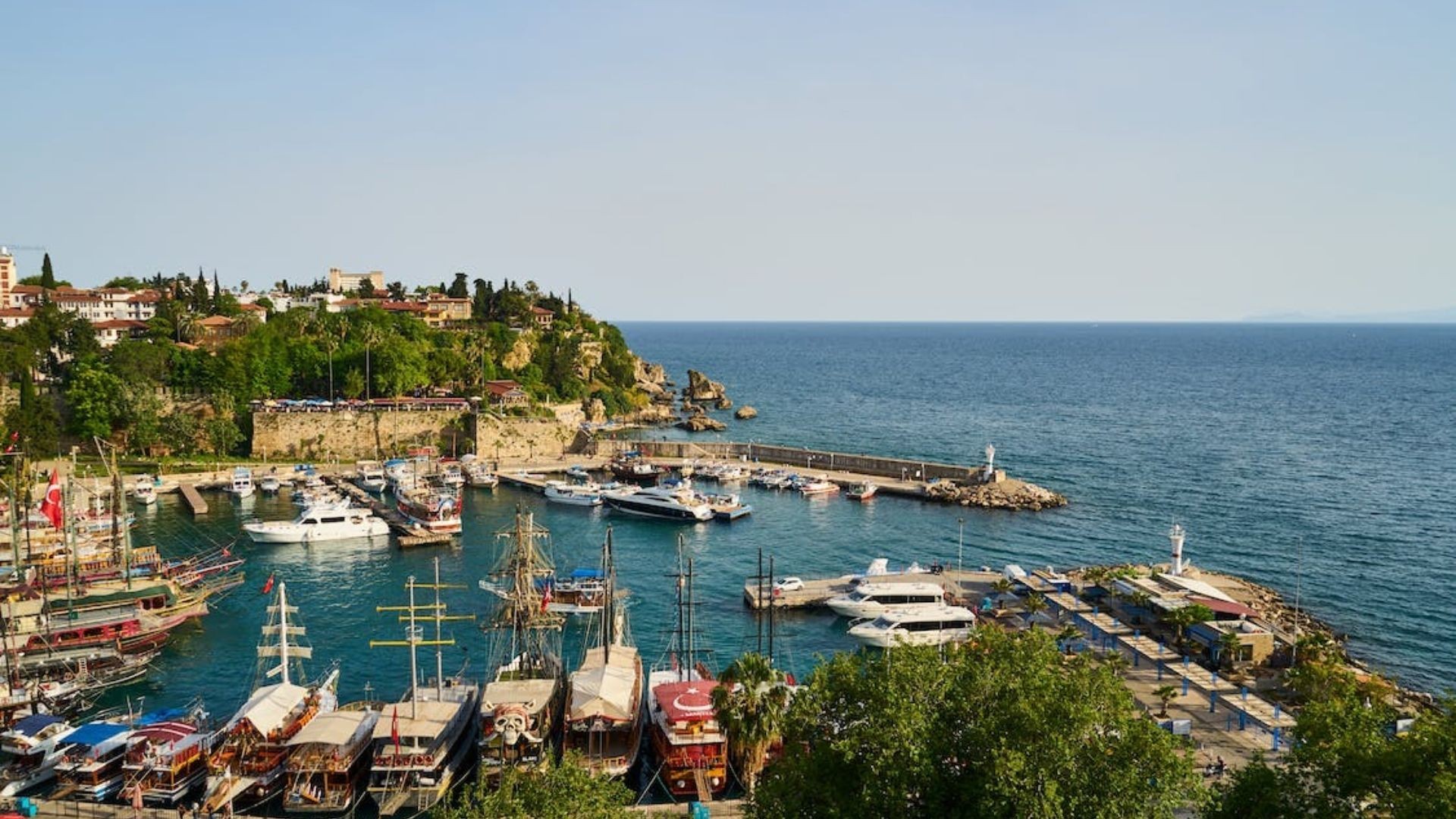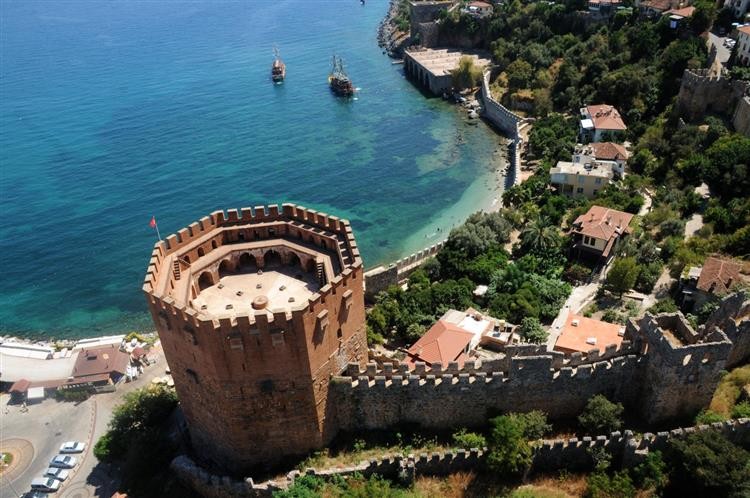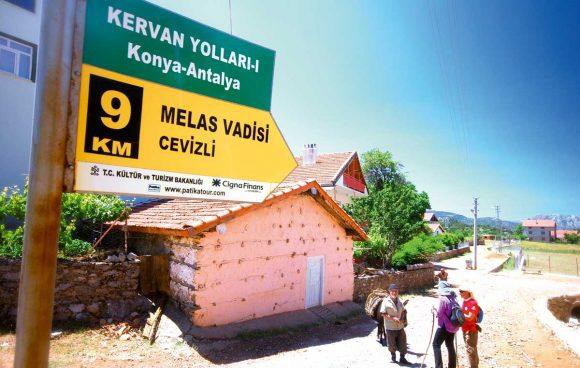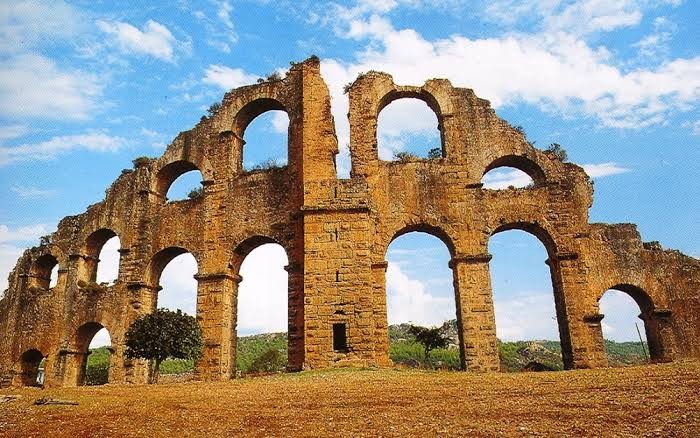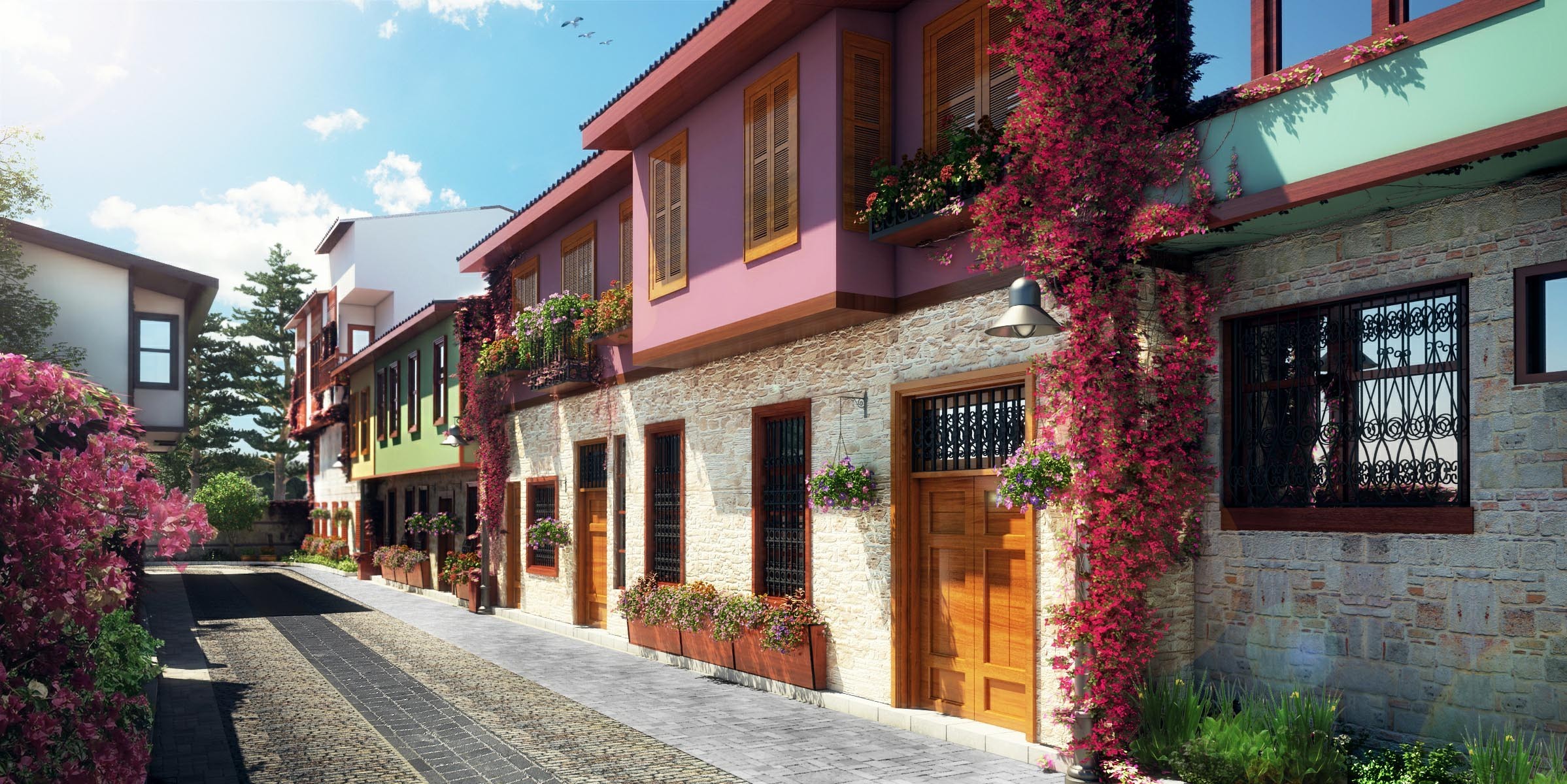In Gökbük, which offers a different environment for nature and nature sports lovers with its untouched beauty, the walk that starts parallel to the stream bed offers various excitement to the visitors. You can walk in the waters of the stream, which turns into a canyon as you progress, swim on the one hand, and sunbathe by lying on the rocks of suitable height. In the creek, where there are dozens of small ponds and waterfalls, plant species and butterflies that cannot be seen elsewhere accompany you.
A place waiting to be explored with all its beauty in Antalya: Gökbük Village.
Discover Antalya03 March 2020Gökbük Village is a place where you will admire the natural beauties surrounded by cedar, pine, oak and juniper trees of Finike, which is famous for Antalya's orange. The village is an old Greek neighborhood. During the historical Phenicia exchange, the Greeks evacuated the village and the current local people sitting with them remained.
Note: Just leave your footprint in nature.
Gökbük village has a beauty that must be seen with cedar trees and wonderful nature.
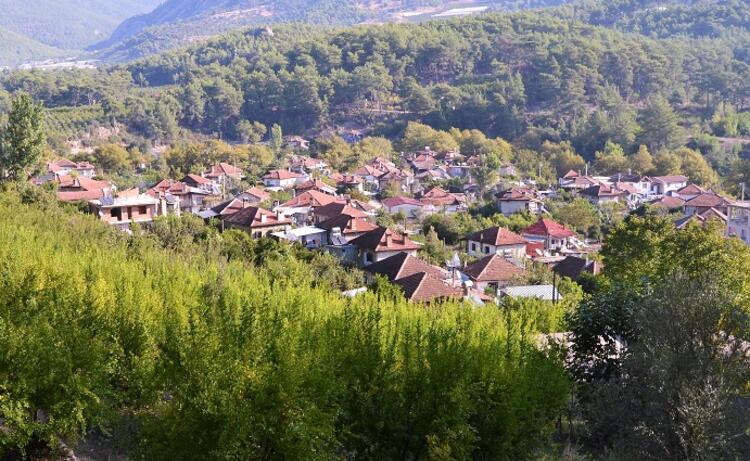
For those who want to use mountain bikes, the excitement of the tour to be made in the hills rising around Gökbük village is another...
You can make your bicycle tour with a magnificent lake view on the 35-kilometer track around Alakır Dam Lake between Finike-Elmalı. If desired, it is possible to make a journey up to Finike from the hills where the village rests on its back, and then to the sea. With hundreds of years old cedar tree forests around the village, Gökbük Village is a peaceful place for nature lovers, from nature trekking and safari to paragliding.
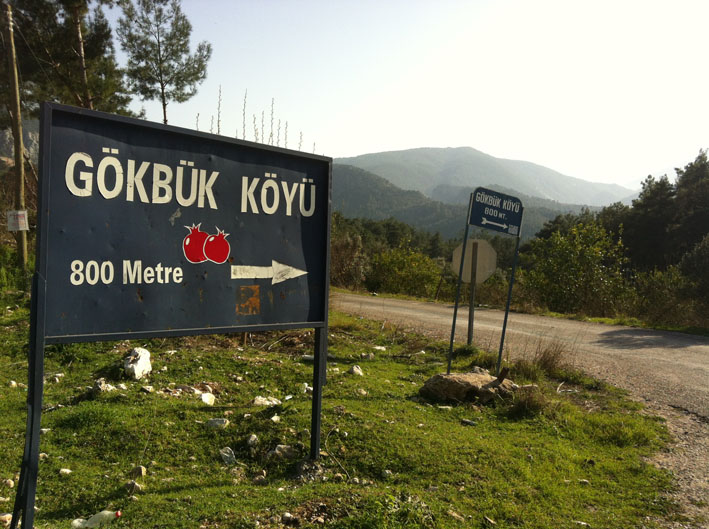
Arycanda Ancient City, located 7 kilometers from the village.
It is estimated that the settlement in the ancient city dates back to 2000 BC. But the earliest remains of pottery and coins and these finds belong to the 5th century BC.
Arykanda is represented in the Lykia union with 1 vote in the 2nd century BC. Roman rule in the region and Arykanda begins in the 2nd century AD. The city is damaged in the 141 earthquake of AD.
The city is being repaired with the support of Opramoas from Rhadiopolis. The earthquake in 240 causes greater damage. It is known that the people of Arykanda came under the influence of Christianity since the 4th century. After the earthquake in the 5th century, most of the people migrated to the village of Çatallar and than they go to safer places in the vicinity to protect them from Arab attacks in the 7th and 8th centuries.
The fact that Turks are seen as tribes migrating in the region coincides with the 11th century.
The first building you will encounter at the entrance to the city is the bath on the right. The walls and windows are intact. Remains of a large basilica can be seen on the opposite terrace. The right slope of the city is the necropolis and the reliefs on a large block preserved in this part are interesting.
But the main ruins are in the upper left part of the city and at the foot of the steep cliffs. The state agora is here. The odeon behind it is completely intact. It is known that Odeon served as a council during the time of Emperor Hadrian. There is a theater behind the odeon. It is worth seeing the pine tree, which finds itself a place among the stairs of a small but very good 20-step theater and moves blocks of tons of weight as it grows.
Just behind the theater, the 100-meter-long stadium with 3 rows of seats under the steep rocky slope stands out. The stadium is also very solid.
Source: Antalya City Culture and Tourism Directorate

